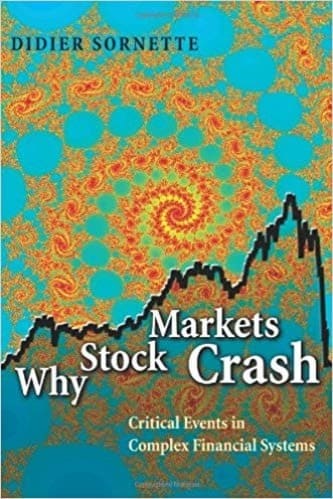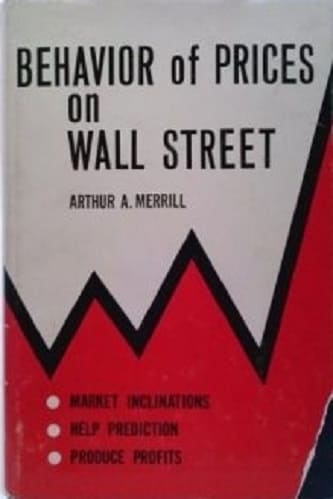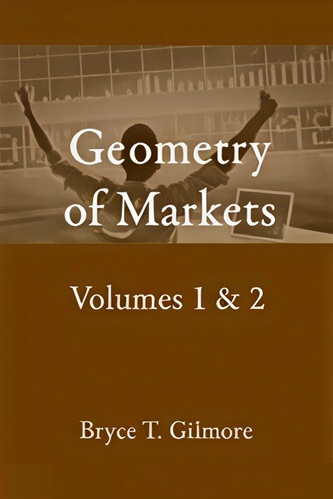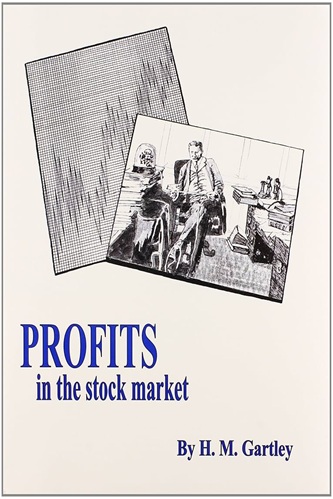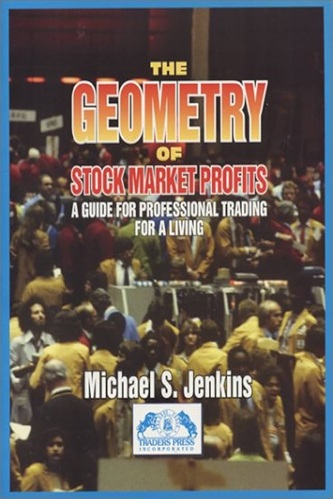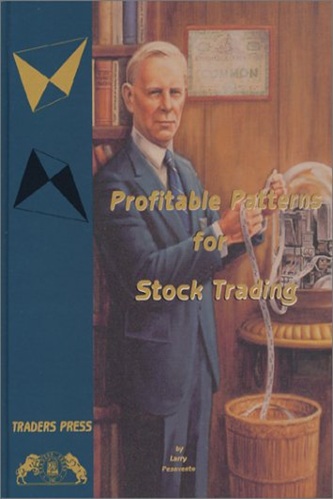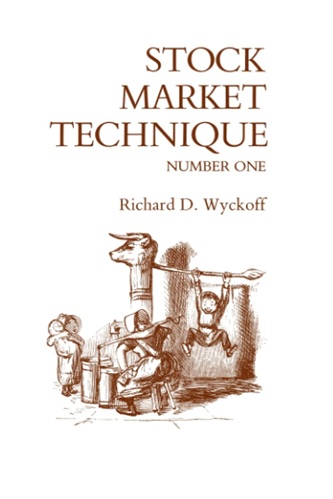Why Stock Markets Crash: Critical Events in Complex Financial Systems
$20.47
| Author(s) | |
|---|---|
| Format |
|
| Pages |
441 |
| Publication Year |
2003 |
Why Stock Markets Crash Critical Events in Complex Financial Systems is a story, a scientific tale of how financial crashes can be understood by invoking the latest and most sophisticated concepts in modern science, that is, the theory of complex systems and of critical phenomena. It is written first for the curious and intelligent layperson as well as for the interested investor who would like to exercise more control over his or her investments.
Author’s Introduction:
The book will be stimulating for scientists and researchers who are interested in or working on the theory of complex systems. The task is ambitious. My aim is to cover a territory that brings us all the way from the description of how the wonderful organization around us arises to the holy grail of crash predictions. This is daunting, especially as I have attempted to avoid the technical, if convenient, language of mathematics.
At one level, stock market crashes provide an excuse for exploring the wonderful world of self-organizing systems. Market crashes exemplify in a dramatic way the spontaneous emergence of extreme events in selforganizing systems. Stock market crashes are indeed perfect vehicles for important ideas needed to deal and cope with our risky world.
Here, “world” is taken with several meanings, as it can be the physical world, the natural world, the biological, and even the inner intellectual and psychological worlds. Uncertainties and variabilities are the key words to describe the ever-changing environments around us. Stasis and equilibrium are illusions, whereas dynamics and out-of-equilibrium are the rule. The quest for balance and constancy will always be unsuccessful.
The message here goes further and proclaims the essential importance of recognizing the organizing/disorganizing role of extreme events, such as momentous financial crashes. In addition to the obvious societal impacts, the guideline underlying this book recognizes that sudden transitions from a quiescent state to a crisis or catastrophic event provide the most dramatic fingerprints of the system dynamics.
We live on a planet and in a society with intermittent dynamics rather than at rest (or “equilibrium” in the jargon of scientists), and so there is a growing and urgent need to sensitize citizens to the importance and impacts of ruptures in their multiple forms. Financial crashes provide an exceptionally good example for introducing these concepts in a way that transcends the disciplinary community of scholars.
Contents:
- Financial Crashes: What, How, Why, and When?
- Fundamentals of Financial Markets
- Financial Crashes Are “Outliers”
- Positive Feedbacks
- Modeling Financial Bubbles and Market Crashes
- Hierarchies, Complex Fractal Dimensions, and Log-Periodicity
- Autopsy of Major Crashes: Universal Exponents and Log-Periodicity
- Bubbles, Crises, and Crashes in Emergent Markets
- Prediction of Bubbles, Crashes, and Antibubbles
- 2050: the End of the Growth Era?
Why Stock Markets Crash: Critical Events in Complex Financial Systems By Didier Sornette pdf

